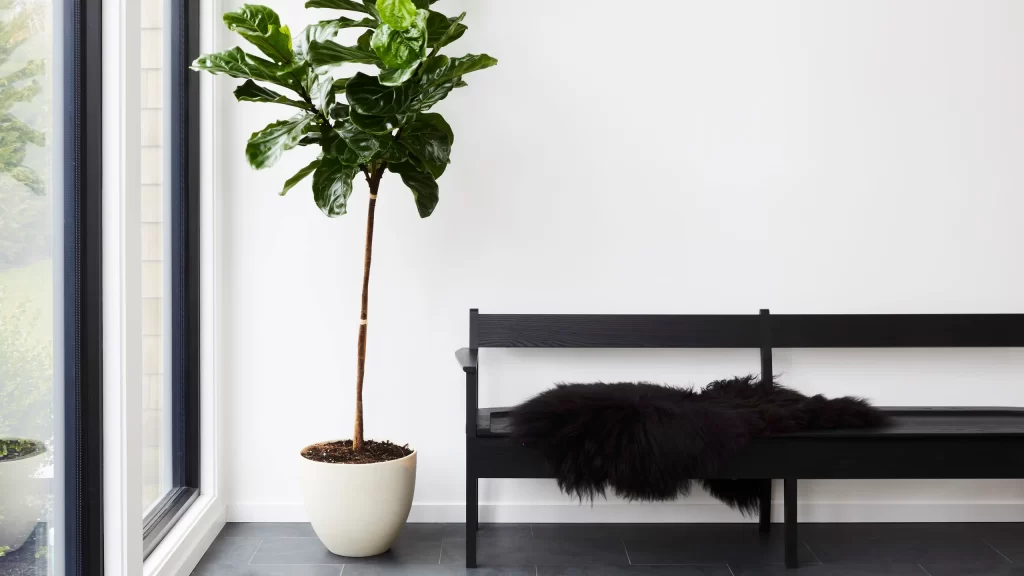
Interior Plants For Home
Choosing interior plants for your home can be a great way to bring nature indoors. They are also easy to maintain, and many of them will help to purify the air in your house.
Aloe Vera
Using Aloe Vera as an interior plant is a unique way to add some life to your home. The plant itself is easy to care for and can last for years in the right conditions. It is also known for its antibacterial and antiviral properties. The juice from the leaves is useful for removing makeup and as a hair conditioner.
Aloe plants should be kept in indirect light, such as a sunny window. It is important that the soil is well drained because excessive moisture can kill the plant.
The plant should be planted in a pot with a large drainage hole in the bottom. It should be watered regularly to keep the soil moist, but not so much that the pot becomes overfilled.
Boston fern
Adding a Boston fern to your home adds a tropical touch to your decor. They are native to tropical rainforests and thrive in warm, humid weather. They also offer relief to dry noses and skin.
The Boston fern is easy to care for. It is generally repotted every two to three years. You can buy the fern online or at a local garden center.
To care for your fern, you should start with a high-quality organic potting mix. This should be specially designed to hold water and air.
Boston ferns should be kept in an area with a temperature of 65 to 75 degrees Fahrenheit. They should not be near any hot or cold air vents or radiators. They should also be placed in a location with bright, indirect sunlight.
ZZ plant
Whether you are looking to brighten up a corner of your room or simply to add a touch of color, the ZZ plant is a great choice for indoor landscaping. Not only is it low maintenance, but it can survive periods of drought as well.
This plant grows well in bright indirect light, as well as in low light areas. In addition to its attractive foliage, the plant is also a good nutrient store. It will also do well in a room that has a low humidity level.
The plant’s glossy, dark green leaves are a little over a foot wide. They are smooth, and they will eventually fan out. If you want to keep your ZZ looking its best, you can trim back the older leaves.
Parlor palm
Having a parlor palm in your home is a great way to bring the outdoors inside. The plant is easy to care for and is a wonderful addition to your interior. It is also very inexpensive.
The Parlor Palm (Chamaedorea elegans) is native to Central America and Mexico. This is a bamboo-like plant with fan-shaped leaves. Its large and dramatic leaves make it a popular houseplant.
Parlor Palms are not suited for very bright sunlight. Direct light can scorch the leaves. The plant is best grown in shade. They require moderate humidity.
The plant may be susceptible to pests. Some of the most common include mealy bugs and whiteflies. The parlor palm is generally resistant to these pests under the right conditions.
Pothos
Often called the devil’s ivy, pothos is an easy to care for houseplant. It can grow big, but also fast.
Pothos plants will thrive in a sunny window with indirect light. They are also happy with high humidity. They can survive even the deadliest of plant killers.
In the wild, pothos leaves can reach more than a foot in length. In the home, however, they tend to stay smaller.
A pothos plant is easy to propagate from cuttings. Cuttings can be cut to about six inches in length. They can be planted in a small pot or a larger container with soil and a rooting medium.
Tillandsia succulents
Those who are looking for interior plants for their home can choose Tillandsia succulents. These house plants are easy to grow and can be used in different types of arrangements. They offer exotic looks and fragrances that are enticing. They are also hardy and require very little maintenance.
To care for indoor Tillandsias, you will need to give them regular watering sessions. This can be done by submerging the plants in a bath of water for a couple of hours. The length of the bath depends on how much water the plant needs.
When watering the plant, it is recommended that you remove the excess water by shaking it. If you want to encourage the plant to bloom, you can use a specially made bromeliad fertilizer. This can be diluted to one-quarter strength.
